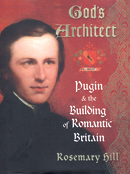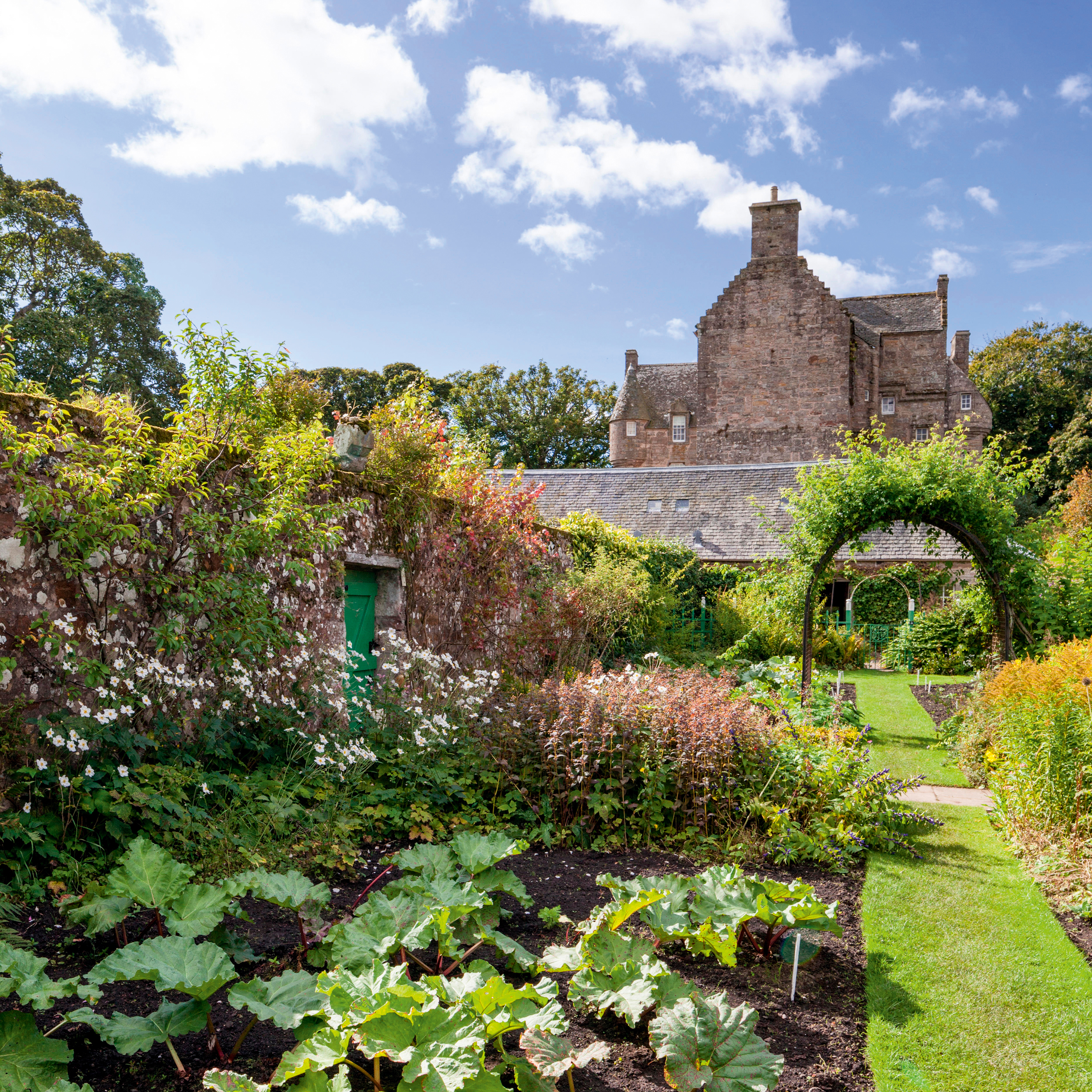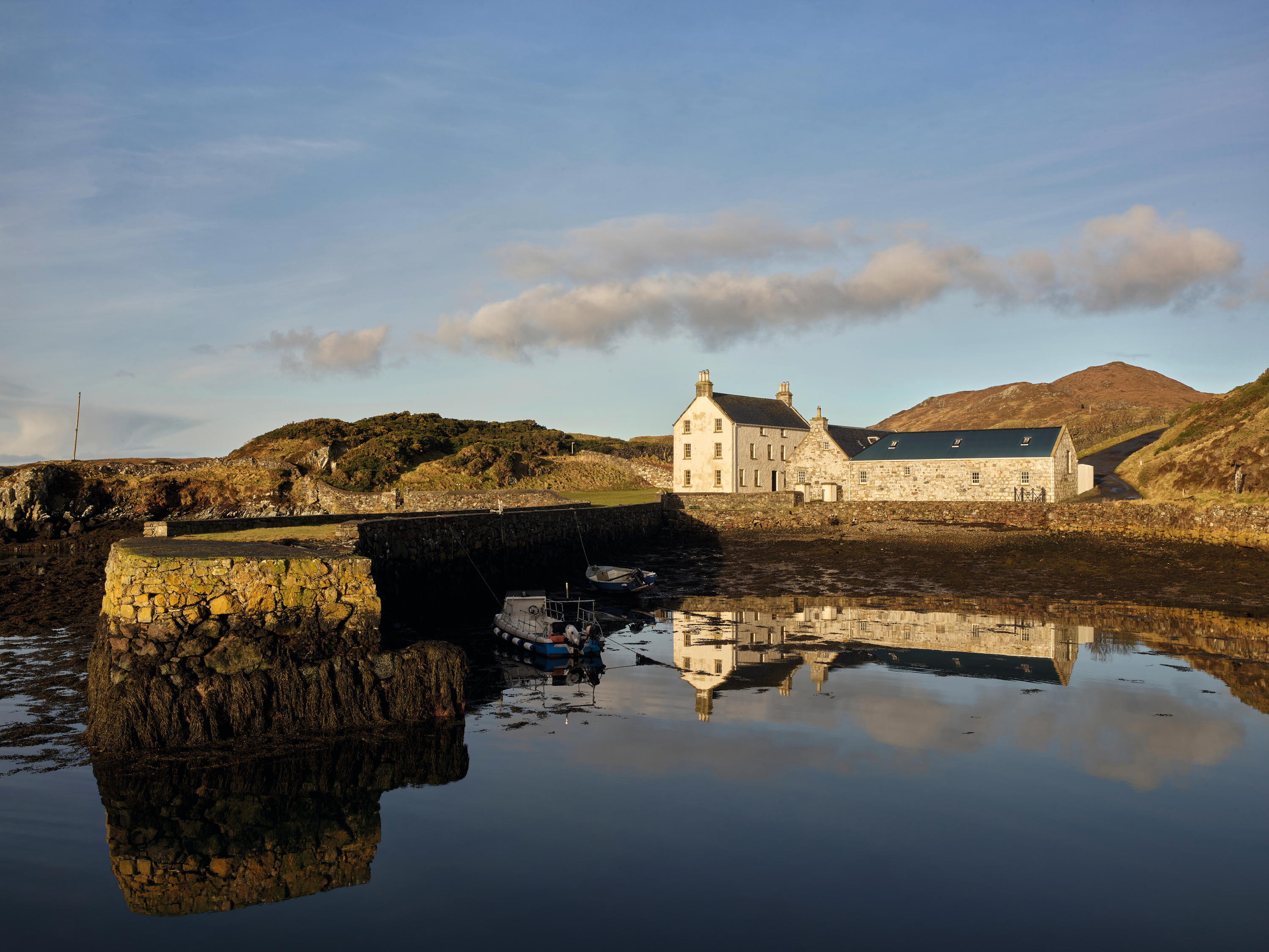God's Architect: Pugin and the Building of Romantic Britain
Jeremy Musson celebrates a truly great biography of Pugin, the great nineteenth century champion of all things Gothic


God's Architect: Pugin and the Building of Romantic Britain Rosemary Hill
(Allen Lane, £30)
In 1849, Pugin, lively champion of Gothic and by then already a household name, failed to be elected to the RA. He told his collaborator, the decorator Crace: 'There is no likelihood of my ever having any letters after my name unless they are V.P. (very pointed).' Although it was a bitter disappointment to this sensitive, driven man, it is strangely salutary to think how relatively difficult it is to name the RAs of the day, when Mr Pugin remains a household name for his 'very pointed' Gothic.
The designer of the stupendous detail and furnishings of the Houses of Parliament, as rebuilt by Sir Charles Barry, and of some of the finest Roman Catholic churches in Britain such as St Giles, Cheadle, which was paid for by the 16th Earl of Shrews-bury he was also a gifted, if sometimes contradictory polemicist. Despite his fame and his achievements, he has not until now been treated to a full biography (the nearest equivalent was M. Trappes-Lomax's Pugin: A Medieval Victorian of 1932).
Rosemary Hill's book is quite simply a masterpiece a beautifully crafted narrative account of the life of this complex and diverse genius who almost singlehandedly defined the Gothic Revival. And what a life it was: a short, creative whirlwind, he had designed Gothic-style furniture for Windsor Castle in his teens, and, by his untimely mental breakdown and death aged only 40, had changed the face of British architecture working in a frenzy and beset all the time by anxiety, tragedy (he was widowed twice) and ill-health (he told a friend that a doctor had told him in 1851 that he was 'an example of a man who had lived 60 years in 40 and was now suffering for it'). In three years alone, he built 22 churches, three cathedrals, three convents and a Cister-cian monastery.
With exhaustive research, the author draws back the curtain on a huge amount of detail of Pugin's life. She charts the influence of his émigré artist father, Auguste Pugin (the famed but not wealthy illustrator of Britton's Architectural Antiquities of Great Britain and his own Microcosm of London), and the role of his remarkable mother, Catherine Pugin, who not only suggested the idea of the Microcosm, but also told her brilliant only son to write Contrasts, one of his most influential works.
There is a revealing passage from her letters, describing her and her son's revulsion at the bad condition of Wells Cathedral, and their irritation with the self-indulgent clergy who either did nothing or employed 'ignorant blockheads' to repair it, and when 'in confession they chant forth we have done what we ought not to have done and left undone what we ought to have done we can scarcely forbear casting our eyes around and responding you have indeed'.
Sign up for the Country Life Newsletter
Exquisite houses, the beauty of Nature, and how to get the most from your life, straight to your inbox.
A whole generation of architects was inspired by Pugin's example and theories, in his books Contrasts and True Principles; George Gilbert Scott recalled that he had been 'morally awakened' to Pugin's ideas, although, as Hill observes, Pugin spent his career caught between the contempt and the admiration of his peers. Also revealing is his early obsession with the theatre, where he became a scene painter. Grieve, his employer, recalled: 'After he left me, he would often come into my painting room and in a few hours (if there was anything Gothic going on) do a surprising amount of work.' Gothic became the mainstream of his life, from his early career as designer of interior detail and furniture for aristocratic patrons, such as Lord Shrews-bury at Alton Towers, to the design not only of churches, but of parsonages and priests' houses, and his own unorthodox house The Grange at Ramsgate, which seems to prefigure so much that we associate with the Arts-and-Crafts house.
The author also explains lucidly his key role in the unfolding and complex drama of the early 19th-century Catholic Revival. Figures such as Pugin (a convert) held a vision of Catholic-ism based on a notion of the idealised English church of the Middle Ages, thus sharing and cross-pollinating with the Tractarian movement in the Anglican church, as other champions looked less to history and more to Rome (Newman and others became serious opponents of Pugin). Like all great biographies, this is a book which helps us understand more than just one life; it is a key to understanding the religion, art and design of our remarkable 19th century, when Britain led the industrial world.
Country Life is unlike any other magazine: the only glossy weekly on the newsstand and the only magazine that has been guest-edited by HRH The King not once, but twice. It is a celebration of modern rural life and all its diverse joys and pleasures — that was first published in Queen Victoria's Diamond Jubilee year. Our eclectic mixture of witty and informative content — from the most up-to-date property news and commentary and a coveted glimpse inside some of the UK's best houses and gardens, to gardening, the arts and interior design, written by experts in their field — still cannot be found in print or online, anywhere else.
-
 Alan Titchmarsh: 'It’s all too easy to become swamped by the ‘to-do’ list, but give yourself a little time to savour the moment'
Alan Titchmarsh: 'It’s all too easy to become swamped by the ‘to-do’ list, but give yourself a little time to savour the moment'Easter is a turning point in the calendar, says Alan Titchmarsh, a 'clarion call' to 'get out there and sow and plant'.
By Alan Titchmarsh
-
 Rodel House: The Georgian marvel in the heart of the Outer Hebrides
Rodel House: The Georgian marvel in the heart of the Outer HebridesAn improving landlord in the Outer Hebrides created a remote Georgian house that has just undergone a stylish, but unpretentious remodelling, as Mary Miers reports. Photographs by Paul Highnam for Country Life.
By Mary Miers